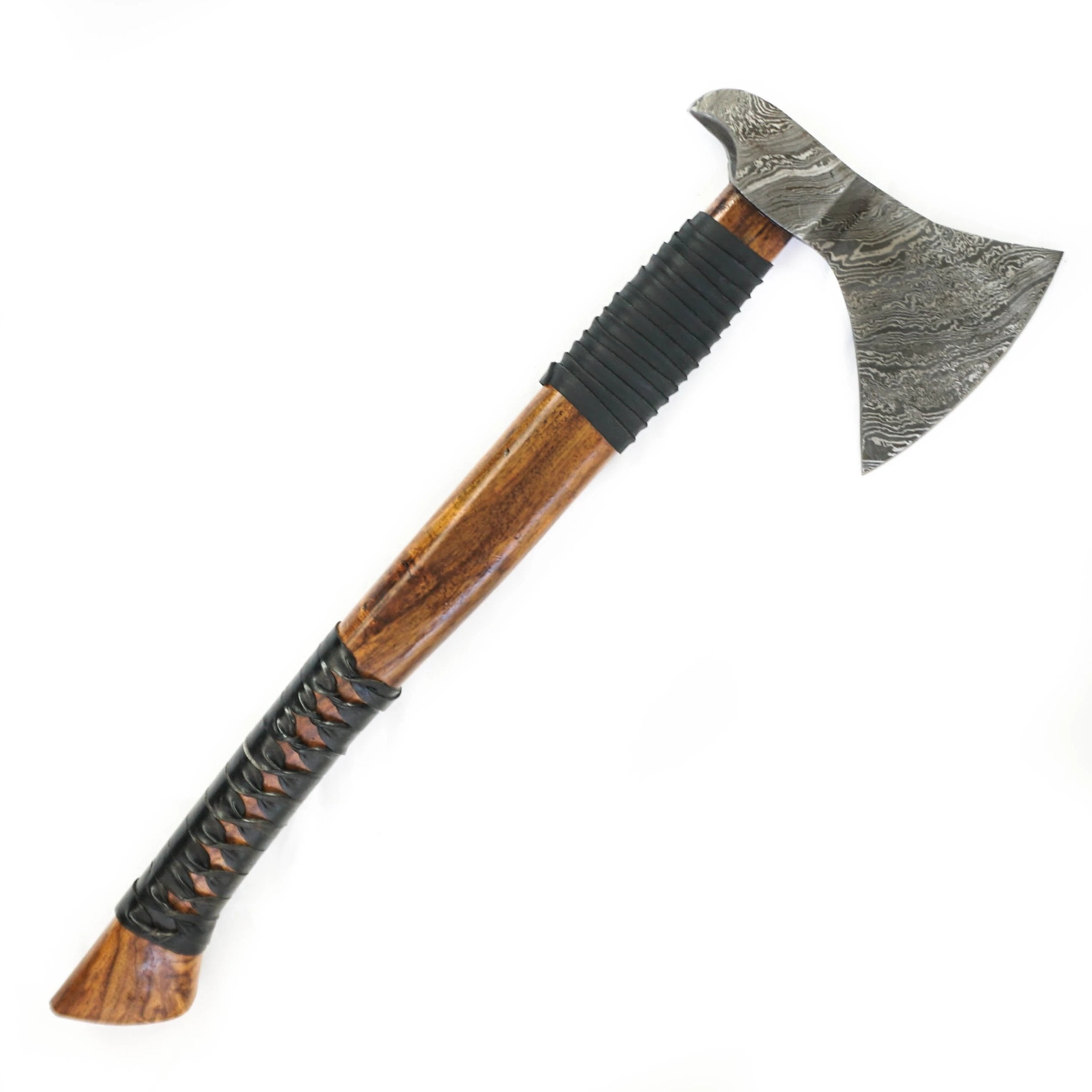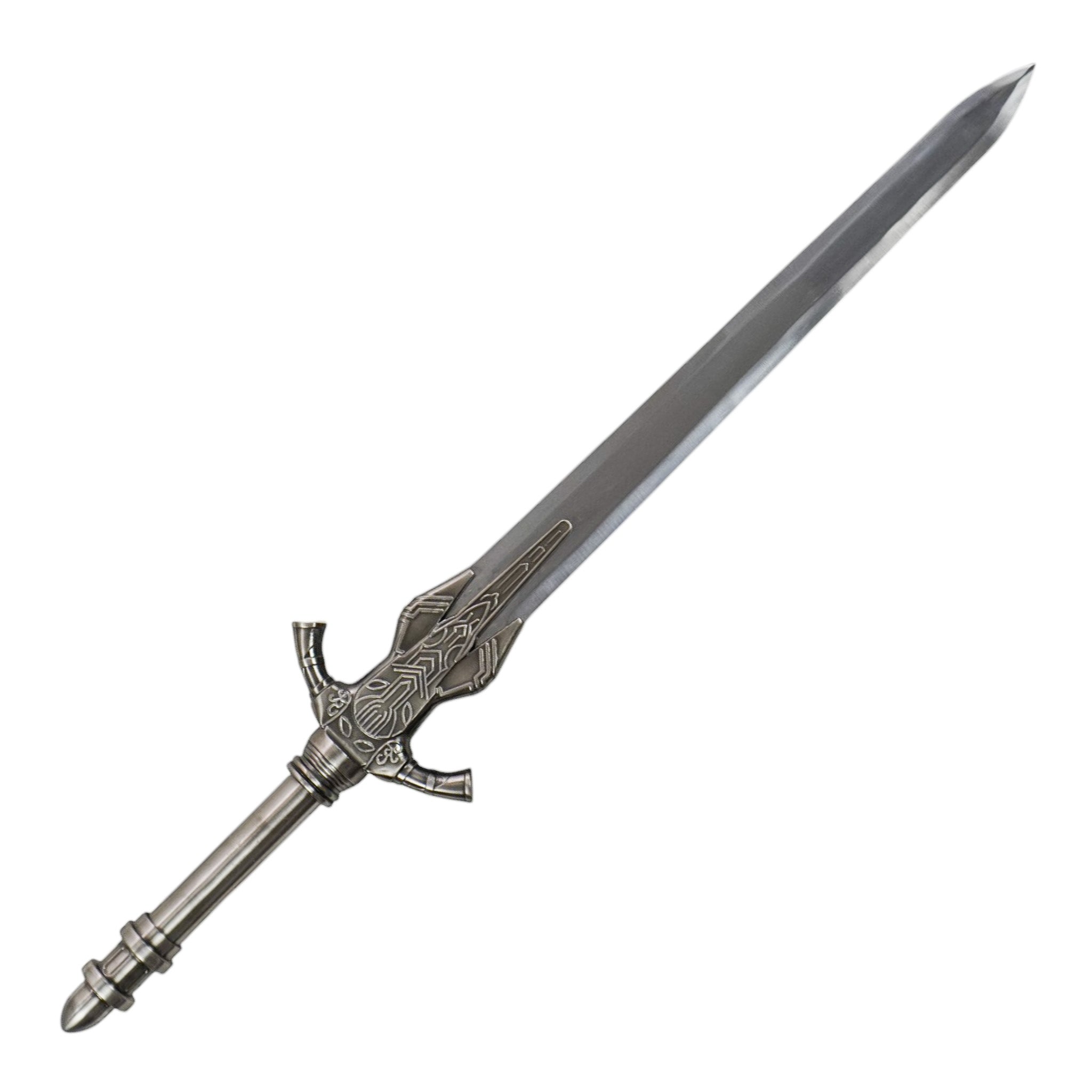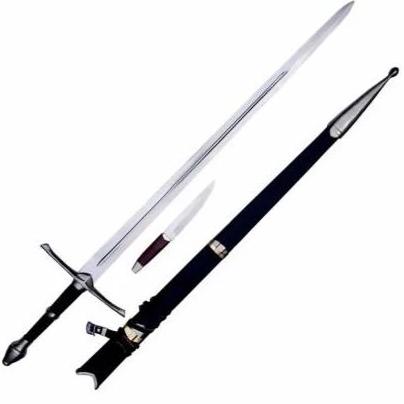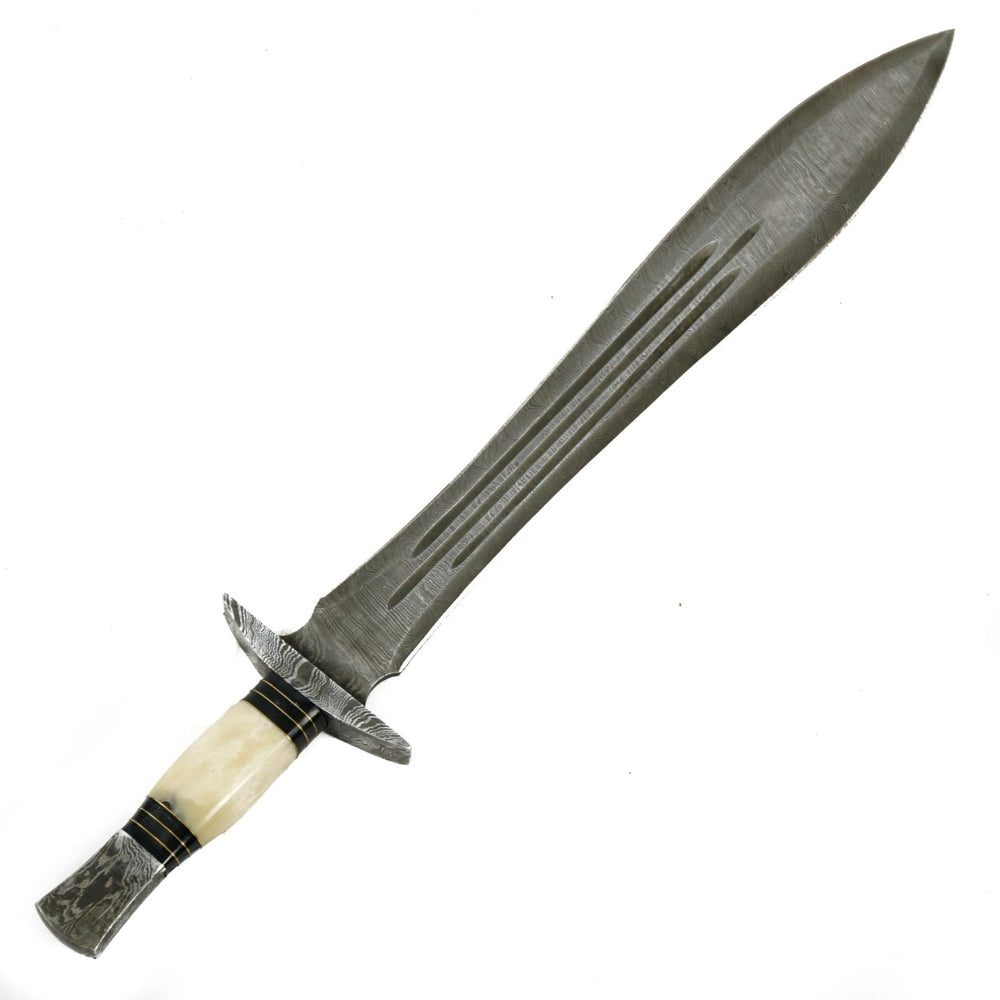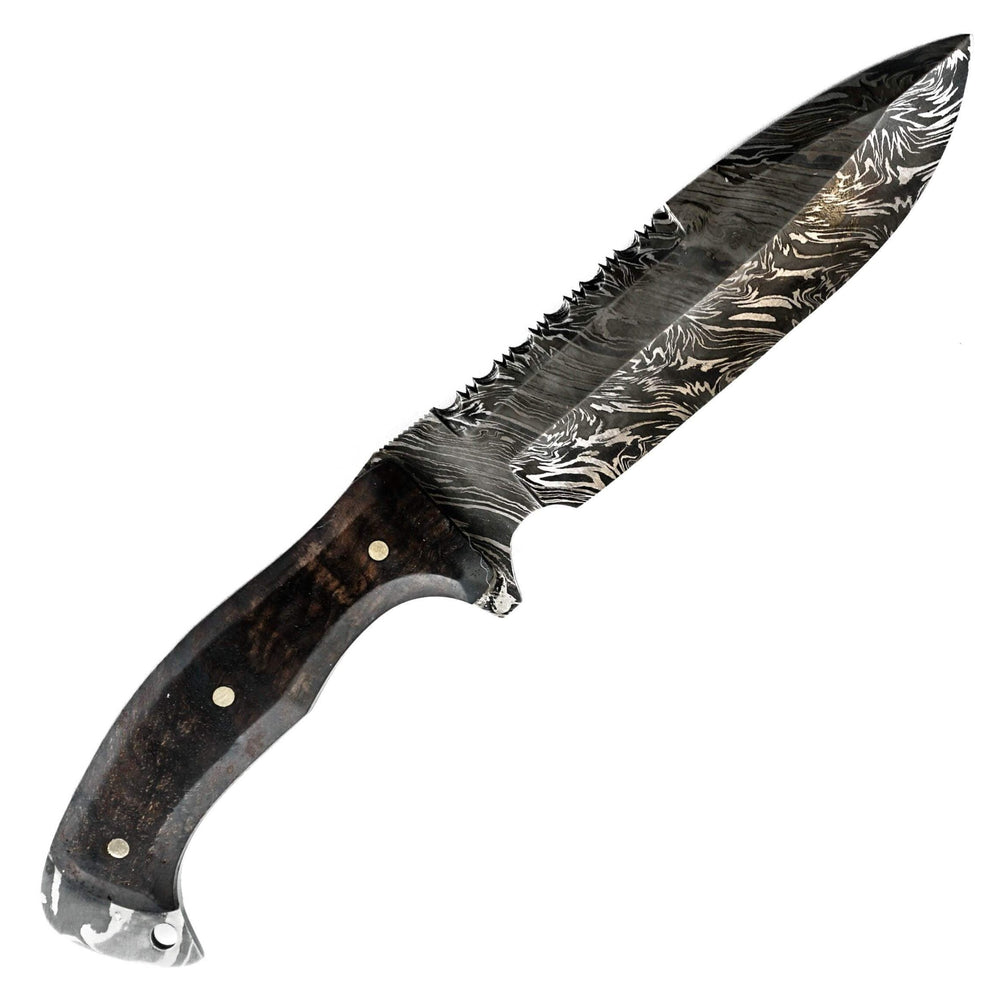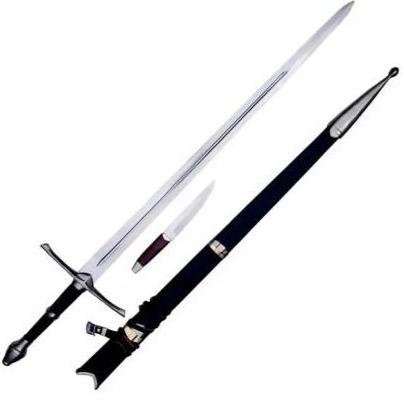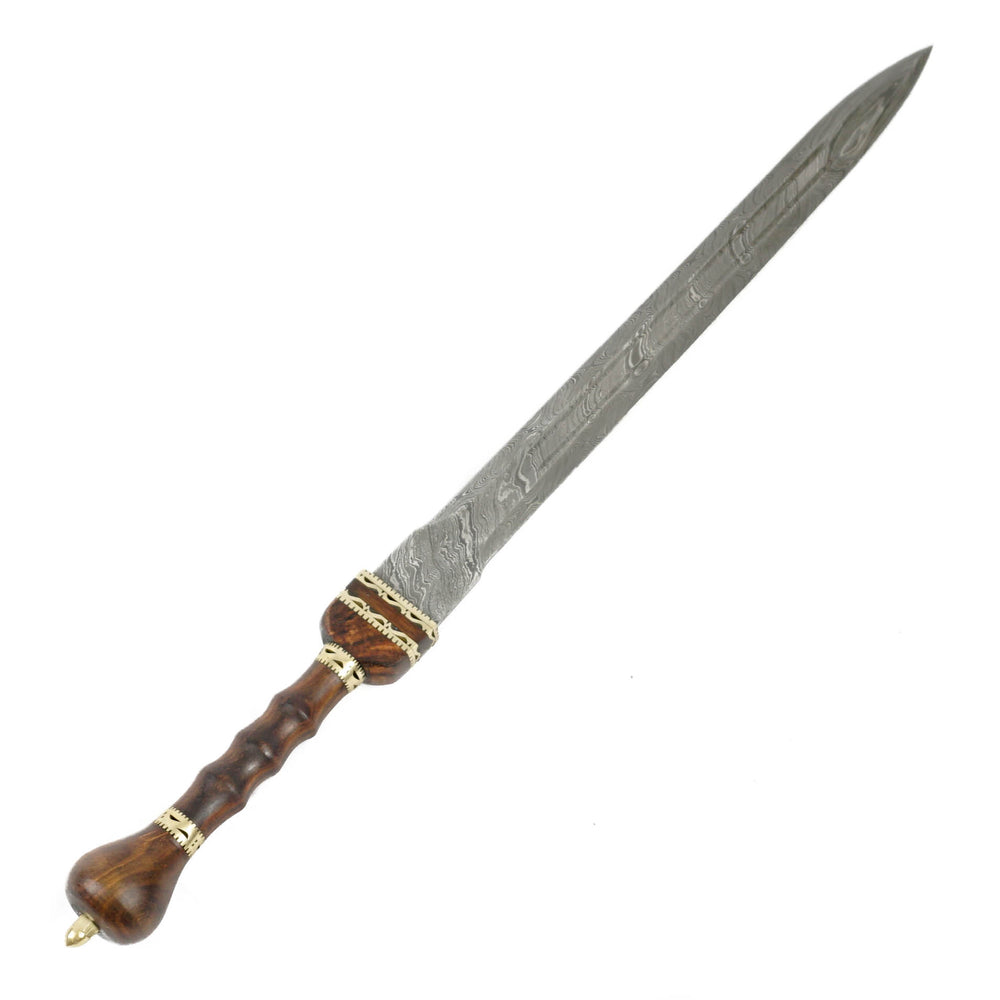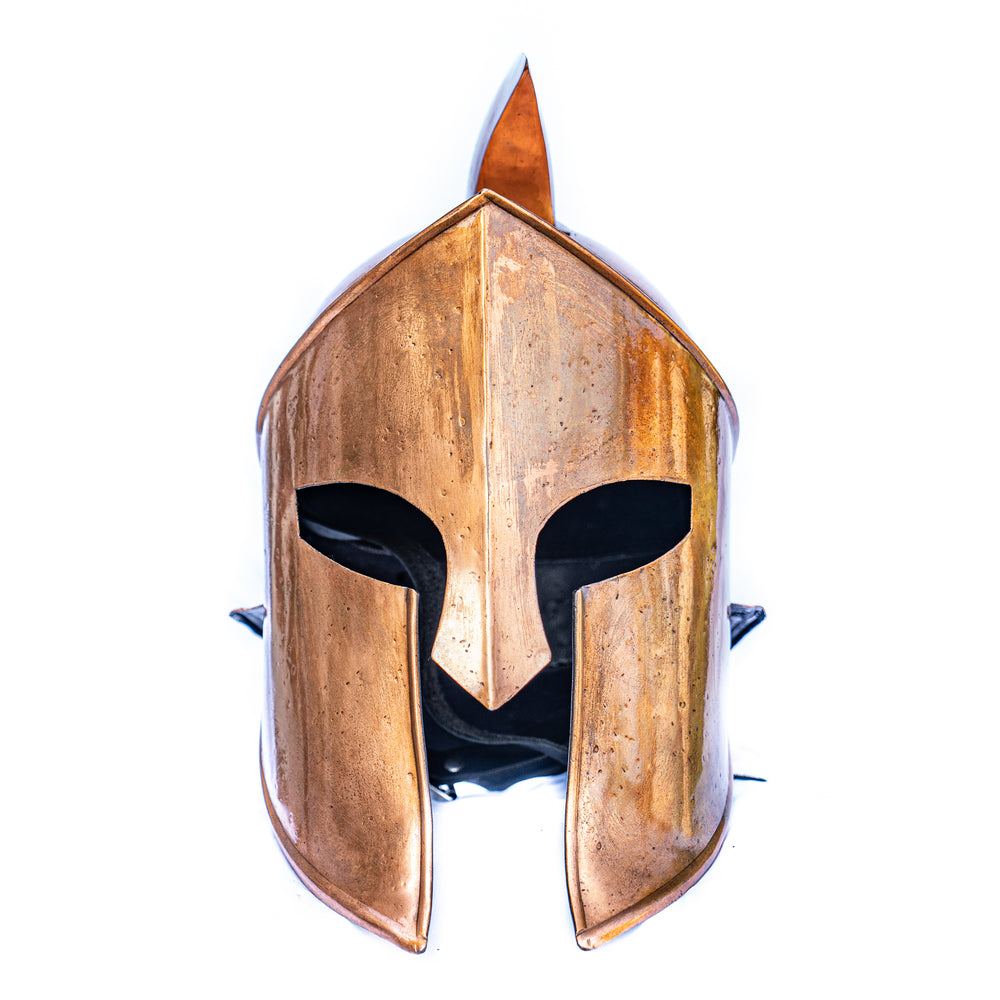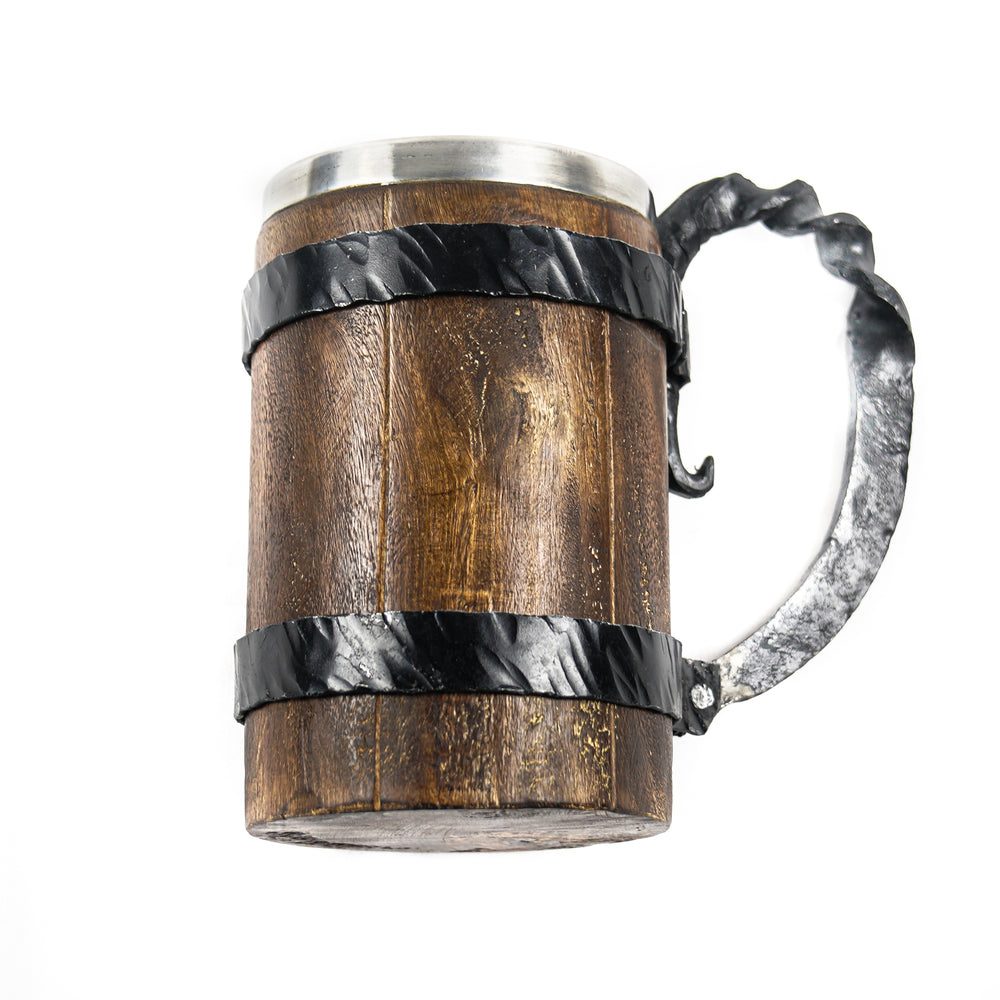Fighting Blades: Everything that you need to know!
The history of ancient weapons is broad and intriguing, with every culture contributing something different to the science of warfare. At Battling Blades, we honor the artistry and ingenuity of old warriors by providing top-quality replicas of some of the most iconic defensive and offensive weapons. From the massive Greek shield to the versatile Roman shield, and the deadly accuracy of medieval weapons, let's take a look at the history and importance of these legendary arms.
The Strength and Beauty of the Greek Shield
The Greek shield, or the hoplon or aspis, was an essential part of ancient Greek warfare. Employed by the hoplites, heavily armed foot soldiers, this circular shield was constructed to offer the greatest protection with mobility on the battlefield.
Composed of wood with a bronze covering, the Greek shield was usually 3 feet in diameter. The curved shape served to deflect their foes' attack, while the center arm grip offered stability in action. The shields were typically emblazoned with elaborate designs, like the iconic Gorgon head, meant to terrify their adversaries.
The phalanx formation, a highly organized combat tactic used by Greek soldiers, was highly dependent on the Greek shield. Troops were shoulder to shoulder, forming an unbreakable wall of shields. This was the dominant battle tactic for centuries, demonstrating that a well-engineered shield was as powerful as an offensive tool.
The Roman Shield's Versatility
The Roman scutum shield was a marvel of ancient technology. In contrast to the circular Greek shield, the scutum was huge, rectangular, and curved, enabling Roman troops to create the fabled testudo (tortoise) formation. The defensive barrier protected entire legions from arrows and projectiles.
Made of layers of wood and supported by leather and iron, the Roman shield was unbeatable in terms of strength and durability. Measuring around 42 inches high and 33 inches wide, the scutum protected most of a soldier's body, guarding against slashing and thrusting attacks.
Roman legionnaires became experts in shield fighting, utilizing the Roman shield for both protection and as an offensive weapon. The metal center boss could be utilized to knock over enemies and create holes in enemy lines where they could launch counterattacks. This blend of defense and offense made Roman legions one of the most deadly armies in the history of mankind.
The Deadly Efficiency of Medieval Weapons
Further along in history, the Middle Ages witnessed a proliferation of innovation in medieval weapons. Medieval weapons were varied, from swords and maces to longbows and polearms. Knights and infantrymen both depended on a range of equipment to survive the violent battles of the day.
One of the most recognizable medieval swords was the longsword. Featuring a double-edged blade and significant reach, the longsword was a popular choice among knights. It was created for both slashing and thrusting, allowing it to perform well in both one-on-one battles and in mass battles.
Other significant medieval weapons were the war hammer, a vicious weapon that could crush armor, and the crossbow, which transformed ranged combat. The morning star, a spiked club, was another frightening weapon meant to pierce even the most resilient defenses.
Comparing Greek Shields, Roman Shields, and Medieval Weapons
Every period's shield and weapon mirror the battle tactics and dangers confronting their own warriors. The Greek shield, well suited to phalanx warfare, was focused on group solidarity and defensive stamina. The Roman shield, curved in shape and used in testudo formation, epitomized Roman legion discipline and versatility. In contrast, medieval arms highlighted the individual skill of knights and troops, responding to the unpredictability of battlefield combat.
Although shields remained relevant in medieval combat, they were adapted to suit various styles of fighting. The heater shield and kite shield became the favorites of knights, coinciding with the emergence of heavy armor and medieval weaponry such as the battle-axe and halberd.
The Bottom Line
History of warfare is a reflection of human adaptability and innovation. Greek shield, Roman shield, and medieval weapons all speak of strategy, craftsmanship, and survival. At Battling Blades, we pay tribute to this heritage by offering high-quality replicas that immortalize history. Whether you're a fan of the discipline of ancient warriors or the chivalry of medieval knights, our collection has something for every collector. Browse our selection today and hold the power of history in your hands.

